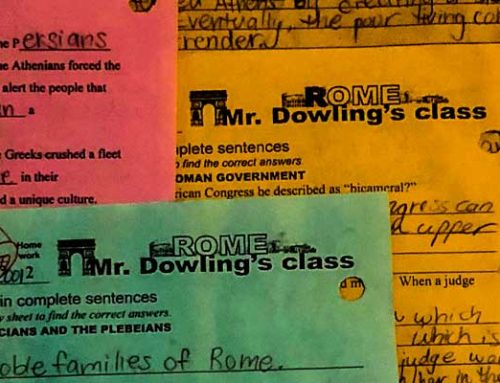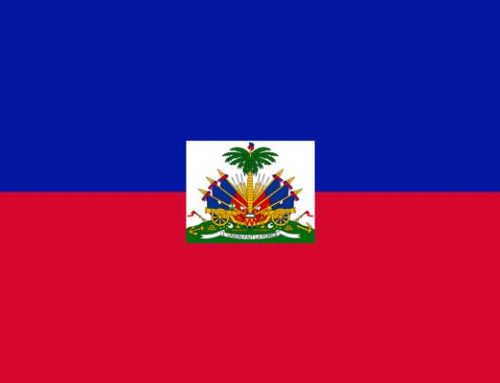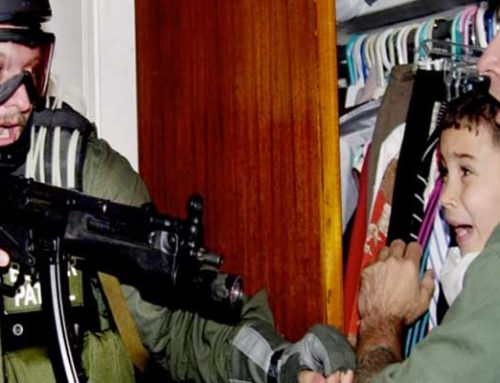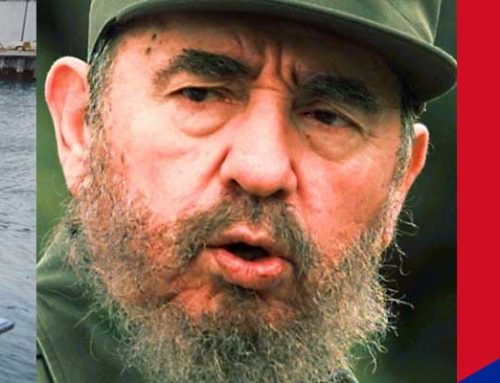On October 12, 1492, Christopher Columbus landed on a small island he named San Salvador. Columbus believed he had reached the Indies, or the islands southwest of India, including Indonesia and Malaysia. Columbus died believing he had reached the East by sailing west, but instead, he had discovered a “new world.”
San Salvador was one of the islands in the Caribbean Sea, a body of water between North America and South America. The islands of the Caribbean are part of the West Indies. The West Indies received its name because Columbus believed the native people of the Caribbean Islands were from the islands near India.
The Caribbean Sea is named for the Carib, nomadic sea-faring warriors who lived in the region when Columbus arrived. The Carib drove out their enemies, the Arawaks. Only men spoke the Carib language, women spoke Arawak. The Carib often killed men but kept the women as slaves. The Carib were believed to have eaten the flesh of the people they defeated. The word cannibal derives from an Arawak term for the Carib.
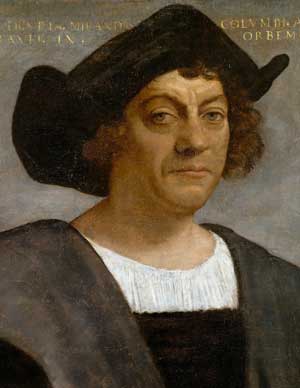
Christopher_Columbus
This portrait of Christopher Columbus was painted by Sebastiano del Piombo in 1519, thirteen years after the explorer died. There are no known authentic portraits of Columbus.
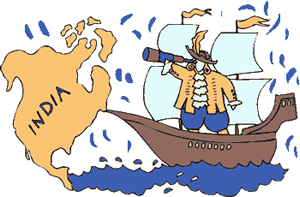
The Caribbean Sea is named for the Carib, nomadic sea-faring warriors who lived in the region when Columbus arrived. The Carib drove out their enemies, the Arawaks. Only men spoke the Carib language, women spoke Arawak. The Carib often killed men but kept the women as slaves. The Carib were believed to have eaten the flesh of the people they defeated. The word cannibal derives from an Arawak term for the Carib.
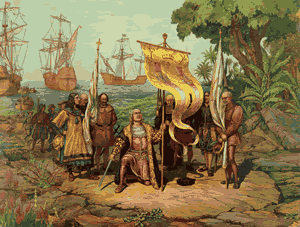
San_salvador
Christopher Columbus discovers The Americas for Spain (Gergio Delucio, undated)
Once word of a “new world” reached Europe, the British, French, and Dutch joined the Spaniards in the Caribbean. The newcomers brought with them diseases like measles and smallpox. The Europeans had been exposed to the diseases, so their bodies developed protection similar to a vaccine. When you receive a vaccine, a small portion of a virus is injected into your body. Your immune system then learns the disease and prepares for future infections. The native people of the Caribbean had no immunity from the European diseases, so outbreaks of measles and smallpox decimated their population.
Resources:
Download this lesson as Microsoft Word file or as an Adobe Acrobat file.
Mr. Donn has an excellent website that includes a section on the Caribbean.
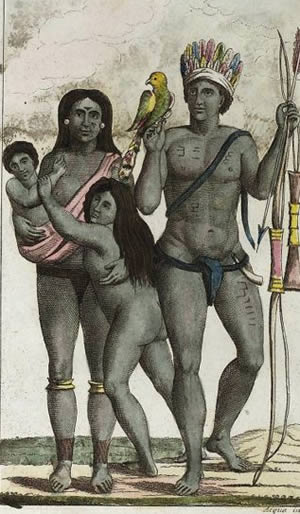
Carib_family
An illustration of a Carib Indian family (John Gabriel Stedman)

